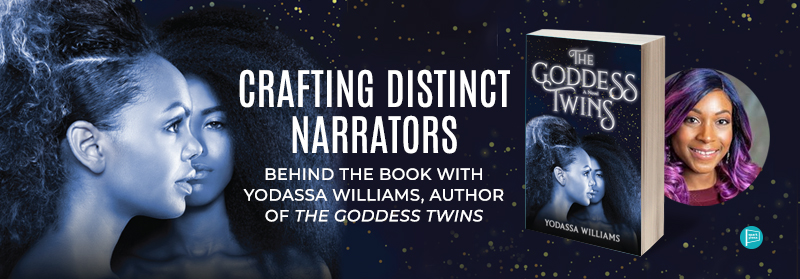
You know when you see a magician do a trick, and your mind instantly goes, how did they do that?! That’s how I am as a reader. I can’t help trying to figure out the maneuvers the author has going on behind the curtain to craft a story that keeps me spellbound. In 2011, I read Chris Cleave’s novel Little Bee, and I deeply loved how the plot unfolded. Not to spoil anything, but the book unveils the secret trauma from an intense scene, slowly doled out through the lives of two distinct narrators.
Cleave has two narrators whose stories seem to have nothing in common with each other. As we read more and more, we discover that their stories, their souls, are in fact very tied together through the shared memory. I remember reading this book slowly, agonizingly loving the torture of unravelling their shared secret, and thinking, huh, that’s a neat trick, author. It was like he set up two lines that seemed to be going parallel, until they joined in a miraculous intersect.
When I started creating the idea for my novel, it was a short story about a single girl discovering she had magical powers and confronting her mother for the truth. The mother was a very distinct character and she stood out to me as polarizing. I felt for both reactions to the mother, that a character, a daughter, could either love or hate having a creative flighty parental unit. And that’s when I felt it would have to be twins, each with their own distinct voice and reaction to the stimuli of their lives falling apart.
Crafting different and distinct narrators
I grew up reading The Baby-Sitters Club books and loving the ability to see myself in multiple characters at once. When I set about having two girls as my protagonists, instead of just one, I knew I wanted characters that were each tangible and believable on their own. So, I was setting out to write a story about how foils reacted to the same stimuli of discovering powers and a magical destiny.
I took a good amount of time and drafts doing free writing in each twin’s voice, and several months of just daydreaming these characters into existence. I made a music mix for each sister, and would listen to their album while writing in their voice. (Aurora is into dance, afrobeat, EDM, and of course, Beyoncé. Arden likes singer songwriters, Florence and the Machine, and of course, Beyoncé.) I went on imaginary dates with each twin, asking each to describe their favorite day ever, their favorite color, and what made them cry.
This was really fun for me, allowing the voice of each identity to come alive. I began to be able to picture how Aurora would have her room vs Arden. I knew how Aurora would react boldly to a cutie, and how Arden would melt in embarrassment of feeling attraction. I imagined them in scenes that had nothing to do with anything that even ended up in the novel. But I feel it was valuable time, as it allowed me to visualize both characters.
Why do this first?
I’m grateful I first focused on crafting my narrators. I was able to understanding them clearly, even before I set to developing the plotlines of the book. This was rewarding for my writing process, because by the time I started thinking of scenes and supporting characters, I already knew how Arden and Aurora independently would react to the scene. I built my characters even before building the world their world. This worked because writing their chapters was a discovery in their voice, which made the writing of each chapter enjoyable for me.
If you want to have multiple narrators, here are some tips:
- Think of each narrator’s story arc independently and thoroughly. Is their voice and point of view strong enough to be the star of their own book? Or are they more of a supporting act to an opposing voice? How can you make their motivations and journey autonomous and authentic?
- Process deeply how the narrators interact and why. What is the powerful thing that bonds them together? What are the ways each narrator fights against their “possible” unity? Is their conflict complicated and layered? How does this conflict enhance each narrator’s personal journey?
- How does the world of your story support your characters’ full development? Is their unifying event or shared foe important and alerting to each? How will your primary characters interact to the introduction of secondary characters?
Good luck, dear writers, in crafting distinct narrators on a common adventure!

Leave A Comment